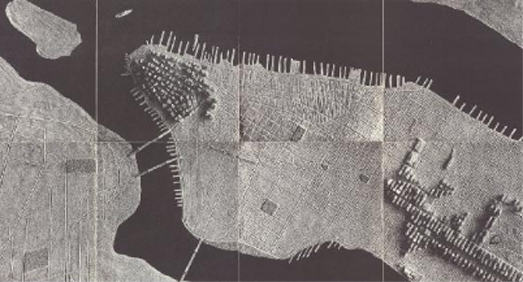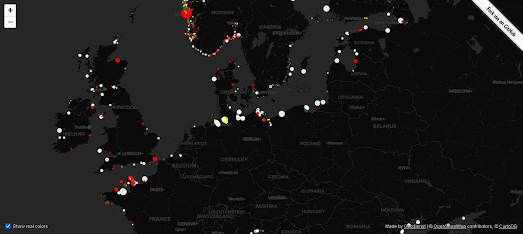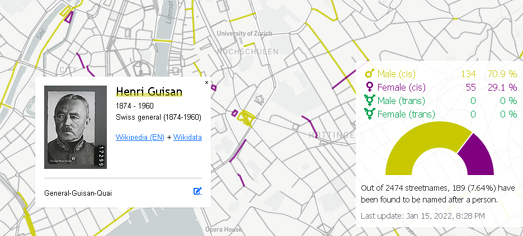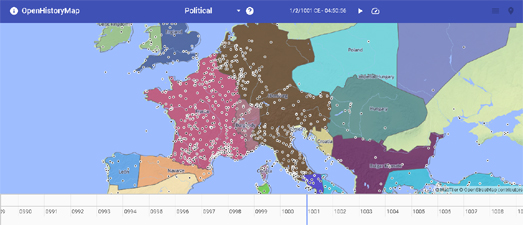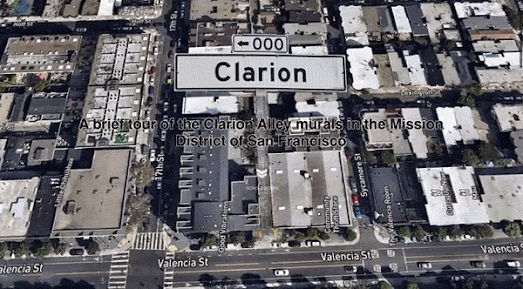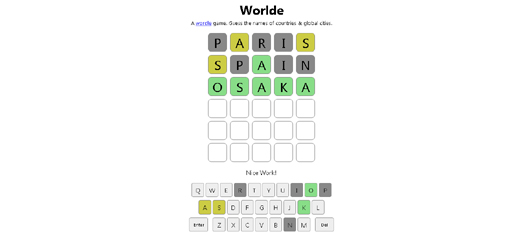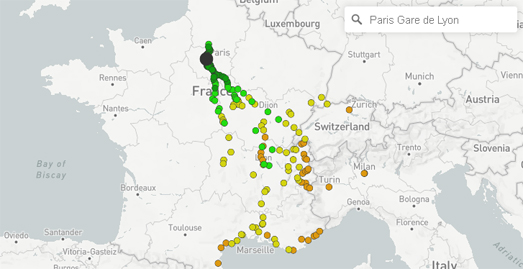
If you live in Pittsburgh then you might want to put on your winter woollies. Based on the average temperatures of the last 30 years today is likely to be the coldest day of the year in Pittsburgh, Pennsylvania.
You can find out when your coldest day of the year occurs on average on NOAA's interactive map Coldest Day of the Year on Average. On this map weather stations across the United States are colored to show when on average in the year they have experienced their coldest day. These dates are calculated using data from the National Centers for Environmental Information (NCEI). The specific data used is the average low temperature for every day from 1991-2020. You can also click on individual weather stations on the map to view the exact date for the coldest day of the year on average at that location.
Just from looking at the screenshot of the map above you can see that the coldest day of the year normally occurs later in the season in the East than it does in the West of the country. This is partly due to when cold air from snow-covered areas of Canada is blown down into the East. In the Western half of the United States the coldest day usually occurs in December. In the Eastern half of the country the coldest day usually arrives in January or February.

If you want to know when the first snow of the year is most likely to fall then you can refer to NOAA's handy interactive First Snow Map. This map provides a nationwide guide as to when you can expect to get the first snow of the winter. The map shows the date at your location when the chance of snow is at least 50%, based on historical weather records (1981-2010).
Your latitude and altitude play the biggest role in determining when you are most likely to experience snow. On average the more northerly you are and the higher your altitude then the earlier you are likely to see snow.
If all this talk of snow and low temperatures leaves you feeling cold then you might want to look forward to when you can expect your hottest day of the year. NOAA's Warmest Day of the Year map shows the warmest day of the year on average across the United States based on temperature data from 1991-2020. In most of the country the hottest day normally occurs between mid-July and mid-August.






